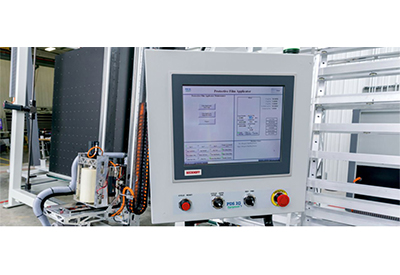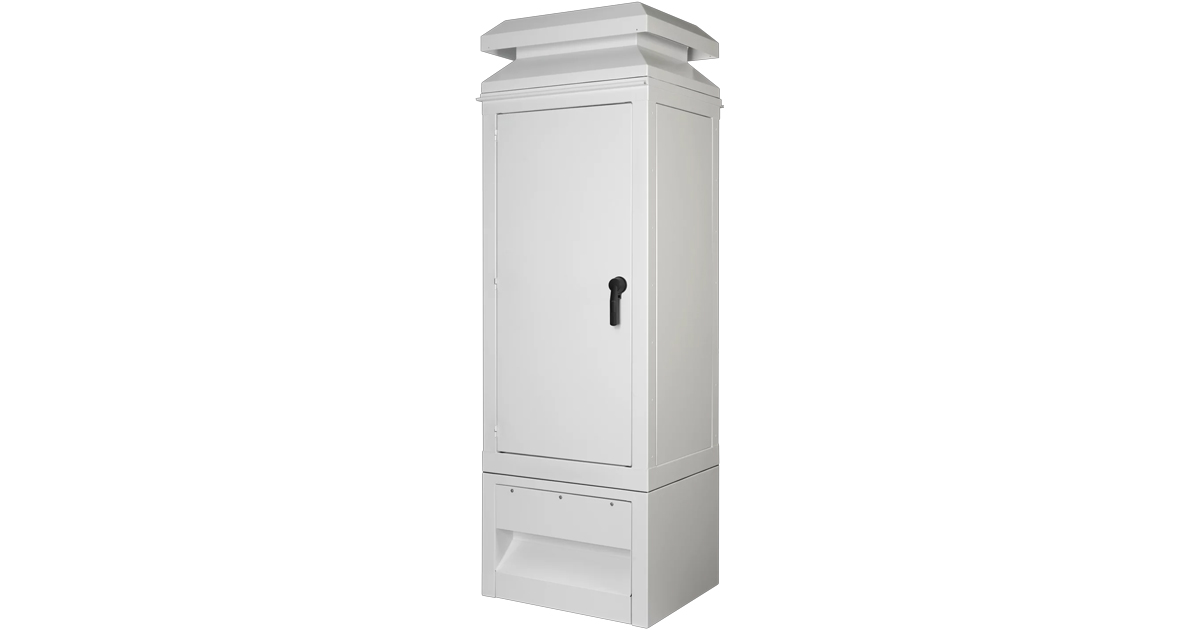Siemens’ Tips for Panel Builders Series – Part 1: Door Interlocking Requirements According to US Standards

August 11, 2020
To protect people from injuries caused by electricity, control panels that are used in the U.S. must be designed so that they ensure protection against direct contact. This means that no live parts can be touched under normal operating conditions.
The U.S. standards therefore specify that the enclosure doors must be locked in accordance with specific guidelines, but that they must be accessible for maintenance and service by qualified personnel.
Panel Building Tips Part 1: Door Interlocking Requirements According to US Standards
When do I need door interlocking and which conditions must the interlocking meet? 
The following U.S. standards specify in which cases and under which conditions door interlocking must be installed:
— UL508A (section 66.1.2 and 66.1.3)
— NFPA79 (section 6.2.4 and 6.2.5)
When an industrial control panel controls industrial machinery and operates under a voltage more than 50 V AC / 60 V DC, each door of the control panel must be locked with the disconnecting means (e.g. the main switch) so that the door can only be opened when the disconnecting means is switched off.
To do this, the following methods are available:
1. Purely mechanical, e.g. using the main switch
2. Electrical
3. Combination of mechanical and electrical

The door interlocking must also meet the following conditions:
1. Defeat the interlock
It must be possible for a qualified person to defeat the interlock with a tool so that the door can be opened for service and maintenance with the main switch being switched on.
2. Snap lock function
The interlocking must be activated automatically when closing the doors without additional measures (snap lock function).
3. Blocking of disconnecting means
With an open control panel door, activation of the disconnecting means must be blocked by the interlocking.
Exception: It must be possible for a qualified person to override this safety function with a deliberate action.
You can find detailed information in the reference manual “Industrial Control Panels and Electrical Equipment of Industrial Machinery for North America” (section 5.4 Protective measures)
Accessories for door interlocking according to UL 508A and NFPA 79
 With more than 500 accessory components, the 3VA molded-case circuit breakers can be configured according to your needs, be expanded to include additional functions and can be adjusted to meet specific requirements.
With more than 500 accessory components, the 3VA molded-case circuit breakers can be configured according to your needs, be expanded to include additional functions and can be adjusted to meet specific requirements.
The manual Max-Flex drive with Bowden cable can be ordered as a convenient kit with switching mechanism, Bowden cable and metal lever.It can also be ordered separately. It offers different Bowden cable lengths and levers for the series 3VA5 and 3VA6. With motor and manual drives with and without Bowden cable, various interlocking options as well as auxiliary and alarm switches, you can easily meet all requirements.
❯ 3VA molded-case circuit breakers with UL approval UL489 (up to 600 A)
❯ 3VL Molded Case Circuit Breakers up to 1600 A acc. to UL 489
When can I forego door interlocking?
A control panel can be designed without door interlocking under the following conditions:
1. Operating voltage < 50 V AC/60 V DC orIt does not control industrial machinery or
2. It has no door (e.g. only a cover without hinges) or
3. It does not have its own disconnecting means and
– it is located at a maximum distance of 15 m and within sight of the control panel with the disconnecting means and
– is only accessible for qualified persons and
– it can only be opened with a key or a tool
Application example: Electrical door interlocking for any number of control panel doors
For lack of space, the controlling system of a machine or plant must often be distributed over multiple industrial control panels, e.g. side-by-side or decentral panels. As decentral industrial control panels without own disconnecting means, these panels may be supplied by a main control panel with the corresponding main disconnecting means when the following conditions are met:
1. The decentral industrial control panels located directly in sight of the main panel
2. These decentral industrial control panels are located not more than 15 m from the main control panel
3. Like the main control panel, the decentral control panel must be interlocked with the main disconnect inside the main control panel
The advantage of this solution is that only one disconnecting means must be installed with the specified comprehensive identifications. For an individual control panel, it is easiest to design the door interlocking as purely mechanical, for example, by means of a door-coupling rotary operating mechanism of the main switch. The more doors that are coupled to the main switch, however, the higher the demands on construction and design to meet the purely mechanical requirements.
Our recommendation:
An electrical door interlocking with position switch can be easily implemented for any number of doors.
Application Example: Main control panel with decentral control panels without own main switch.
 The door interlocking in the main control panel is implemented mechanically by using the door-coupling rotary operating mechanism of the 3VA molded-case circuit breaker used as main switch. The decentralized control panels are equipped with electrical door interlocking.
The door interlocking in the main control panel is implemented mechanically by using the door-coupling rotary operating mechanism of the 3VA molded-case circuit breaker used as main switch. The decentralized control panels are equipped with electrical door interlocking.
A position switch is at the center of the application; it is located directly on the door of the decentralized control panels and has two important functions
1. It interlocks the door when the main switch is switched on
2. It signals whether the door is open or closed; this prevents switching on the main switch even though the door of a decentral control panel is still open
Opening the door with closed main switch (defeating).
For service and maintenance work with live components, the interlocking of the distributed control cabinets must be defeated with a tool. In this application, the tool is a key for a key-operated pushbutton that starts a time relay. The door interlocking is disabled for a set time period by the time relay, and the control cabinet can be opened with live components.
Three indicator lights are located on the main cabinet which indicate the following:
- 1st light: All doors are closed
- 2nd light: Main switch is switched on
- 3rd light: Defeating is active (door interlocking temporarily suspended)
> SIRIUS ACT (switches, pilot devices)
> 3VA molded case circuit breaker
Download our free application examples.
Check out an explanatory video here!











